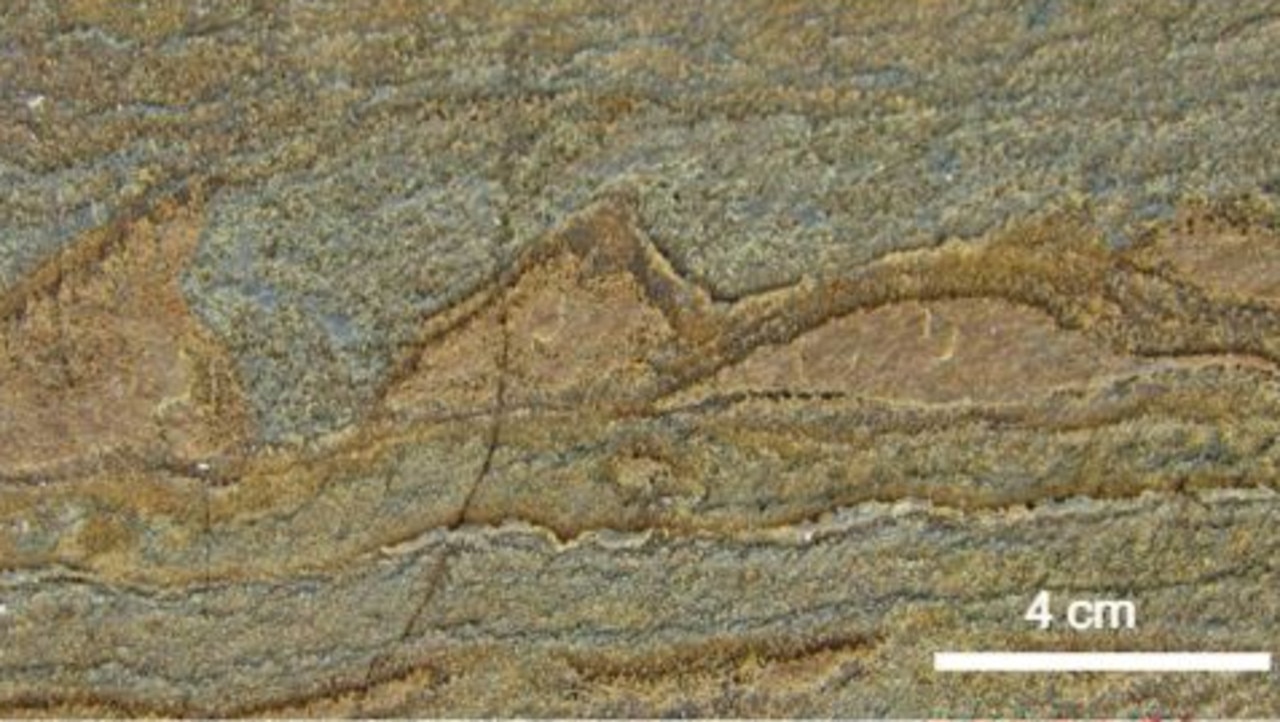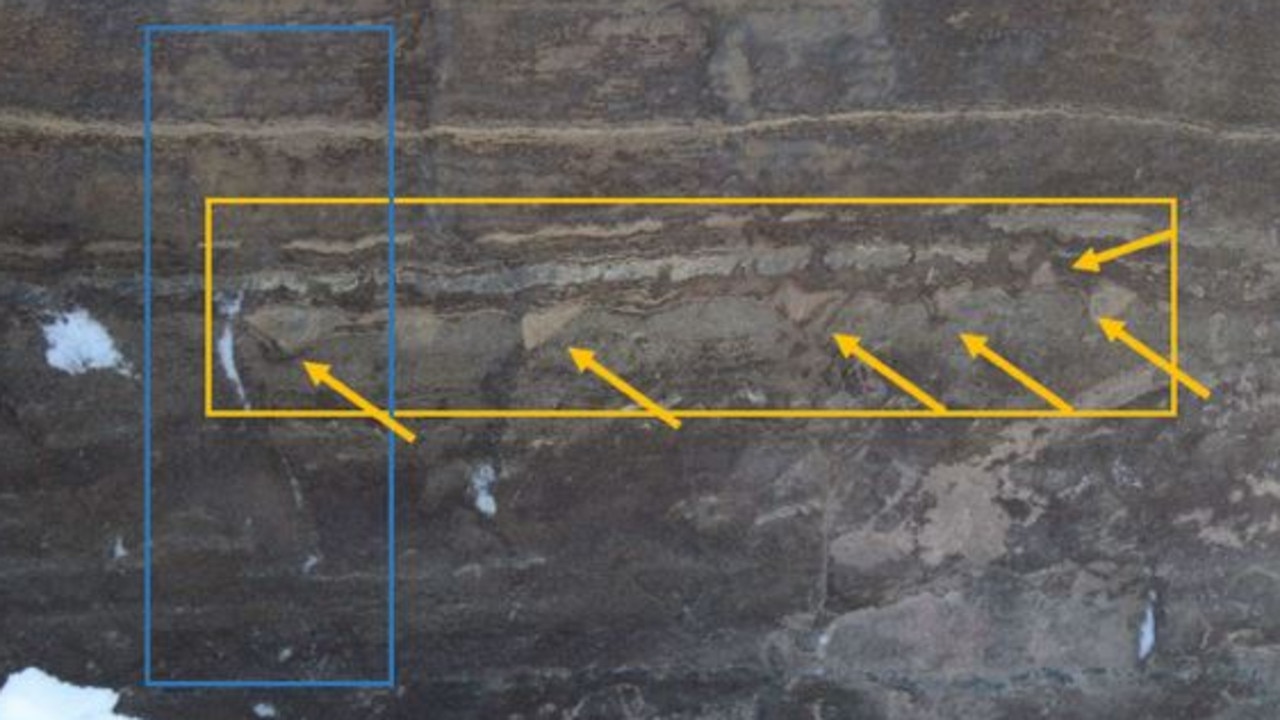Debate of cosmic significance surrounds world’s oldest fossil found by Australian scientists
A HEATED debate which has big implications for our understanding of life has erupted over the world’s oldest fossil — and Australia is at the centre of it.
IT WAS one of the biggest stories of the year in science and made headlines around the world but it might not be the Earth shattering news it first appeared to be.
In 2016, a team of Australian scientists were studying a rock formation in Greenland when they made a discovery they thought could hold cosmic significance.
In a paper published in the journal Nature at the time, the researchers made their case for what was thought to be the world’s oldest known fossils — leftovers from microbes that lived on an ancient sea floor that were said to be formed 3.7 billion years ago.
These “fossils” suggested life appeared on Earth soon after the planet cooled enough to become habitable. The implication being that given the right conditions, life is more common than we think and could spark into existence quickly anywhere in the universe.
It was an exciting finding. But was it too good to be true?
The truth hinges on whether the cone-shaped formations in question are genuine stromatolites, which are layered structures left in the wake of water-dwelling microorganisms.
Enter Abigail Allwood, a NASA astrobiologist who was excited and rather curious about the new discovery.

Dr Allwood found what was now thought to be the second oldest known fossil, confirmed stromatolites found in rock formations in Australia dating back 3.45 billion years.
When she read the 2016 paper that dethroned her finding for the world’s oldest fossil, she thought “there was something not quite right”.
So Dr Allwood and her team set out to Greenland to check out the rock formation.
In a new paper published overnight, once again in the journal Nature, she disputes the original claim that the formation is the world’s oldest fossil.
Using NASA technology, the researchers concluded the structures found on the rocks were likely not fossils but just more rock.
The Australian scientists, however, still maintain they are the remnants of ancient life forms. Dr Allwood found the shapes, the weathering and mostly the interior layers of the structures didn’t fit with this type of fossil, called stromatolites. One even was growing in what she called the wrong direction.
Then Dr Allwood used a version of an instrument that’s being sent to Mars in a few years to create a chemical map of the structure. She said it didn’t have the chemical signature of fossilised life.
Instead, she claims, the cone-like shapes were not stromatolites but ridges that typically arise over millions of years through a natural deforming process called metamorphism.

“Three-dimensional analysis of the morphology and orientation of the structures within the context of host rock fabrics, combined with texture-specific analyses of major and trace element chemistry, show that the ‘stromatolites’ are more plausibly interpreted as part of an assemblage of deformation structures formed in carbonate-altered metasediments long after burial,” Dr Allwood wrote.
The debate has divided some in the scientific community.
Being able to accurately date the first stirrings of life on our young planet — roughly a billion years old at the time — has important implications for understanding how it emerged and evolved.
Professor Allen Nutman from the University of Wollongong who led the original study has stood by the work. In a statement supplied to news.com.au, he and his collegues said they were “mystified” by the challenge to it.
They said Dr Allwood took samples from the far end of one of two sites and didn’t test the original specimens when offered.
“Unlike us, did not examine extensively relationships with the geology of the surrounding outcrops,” the statement said.
“This is a classic comparing apples and oranges scenario, leading to the inevitable outcome that ours and their observations do not exactly match.”
Speaking to the Associated Press, outside expert Dr Pieter Visscher from the University of Connecticut said a claim of such an old fossil requires several lines of evidence, “so scientists were impressed but not convinced by Nutman’s work”.
He said he was persuaded by Dr Allwood’s thorough work that it was not a fossil.
Others in the field noted that the search for traces of early life was an exceptionally difficult task and often raises controversy.
“We stand by our interpretation that there are extremely rare stromatolites in the Isua rocks, preserved in a tiny relict of a 3700 million year old shallow sea environment,” Prof Nutman’s team said.
— With AP




